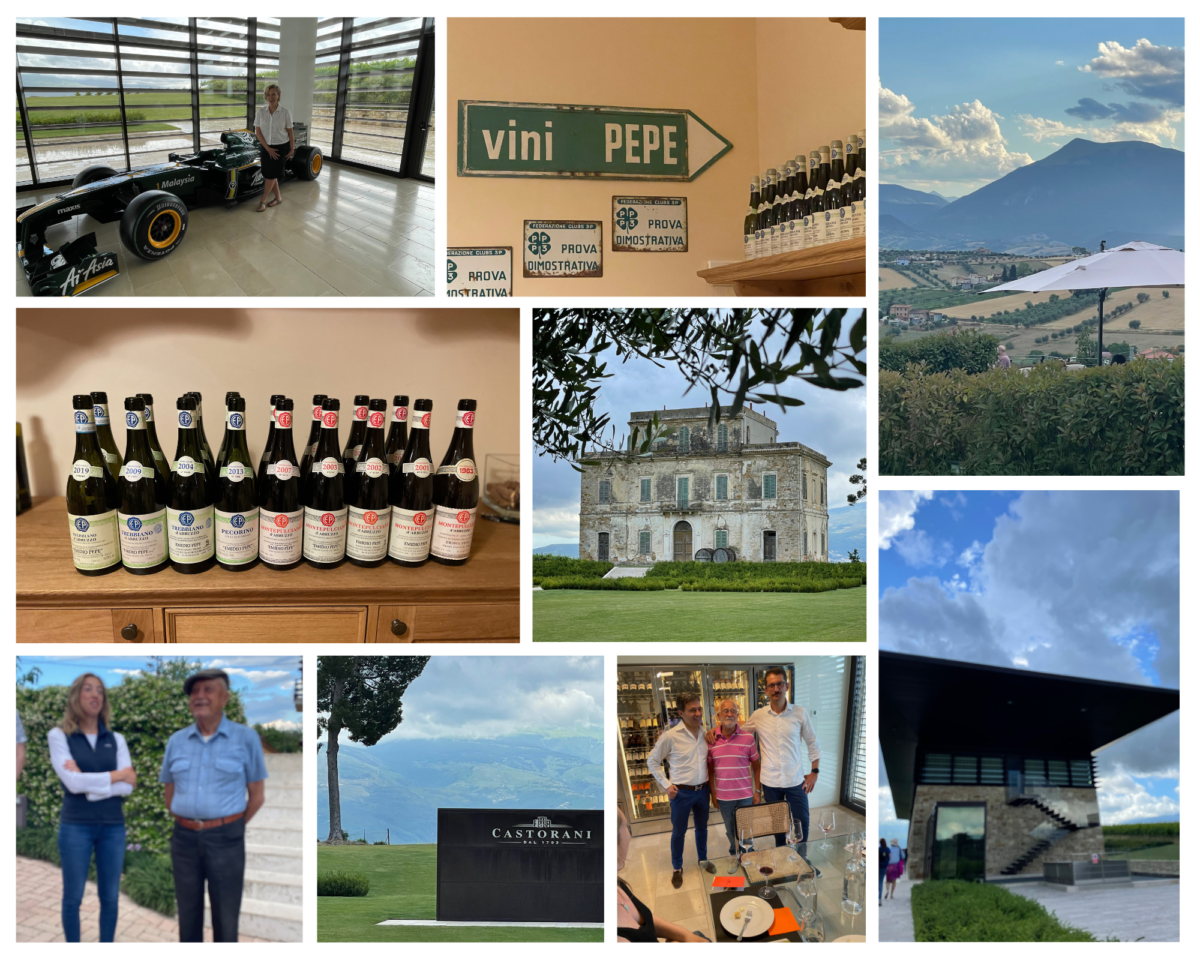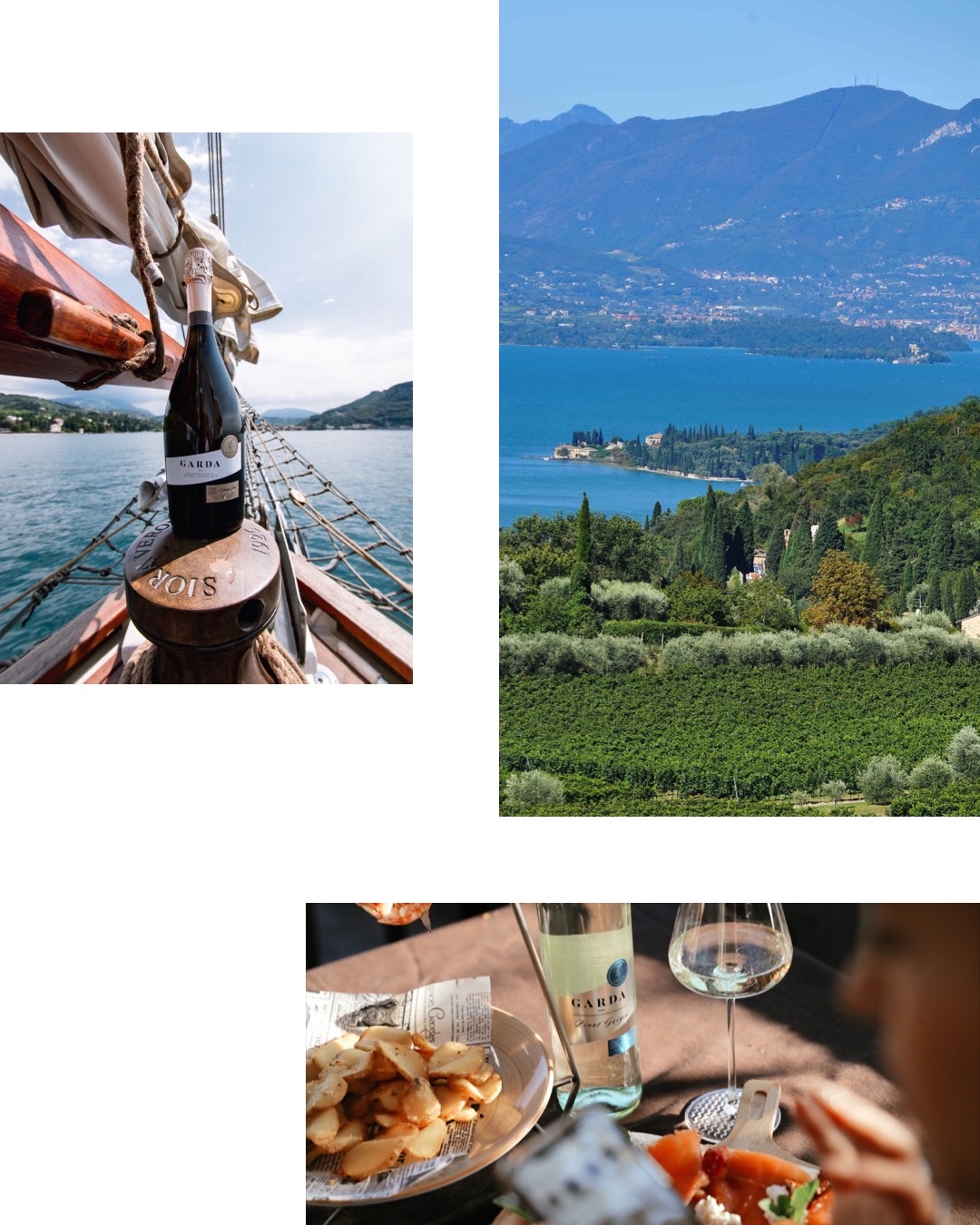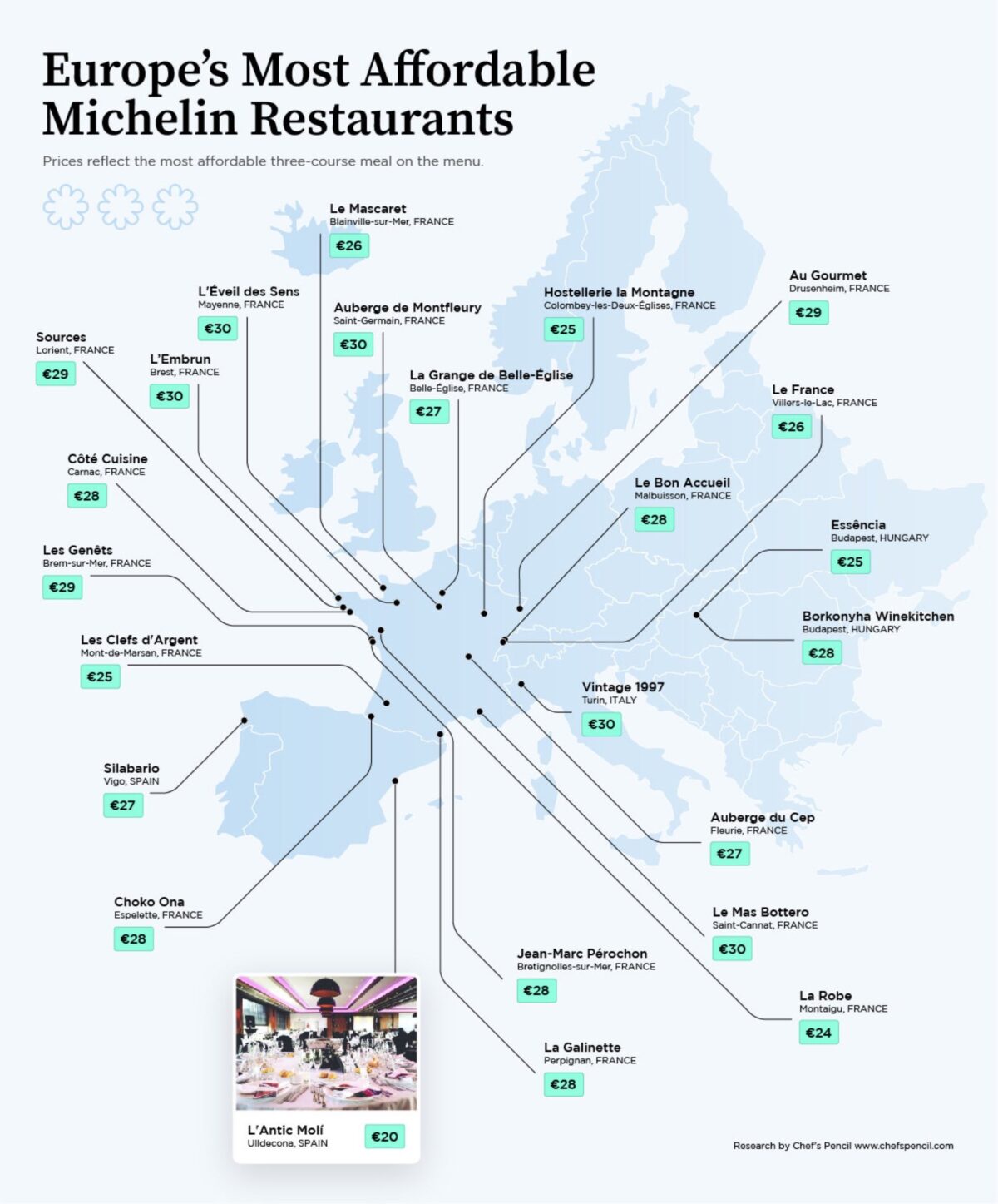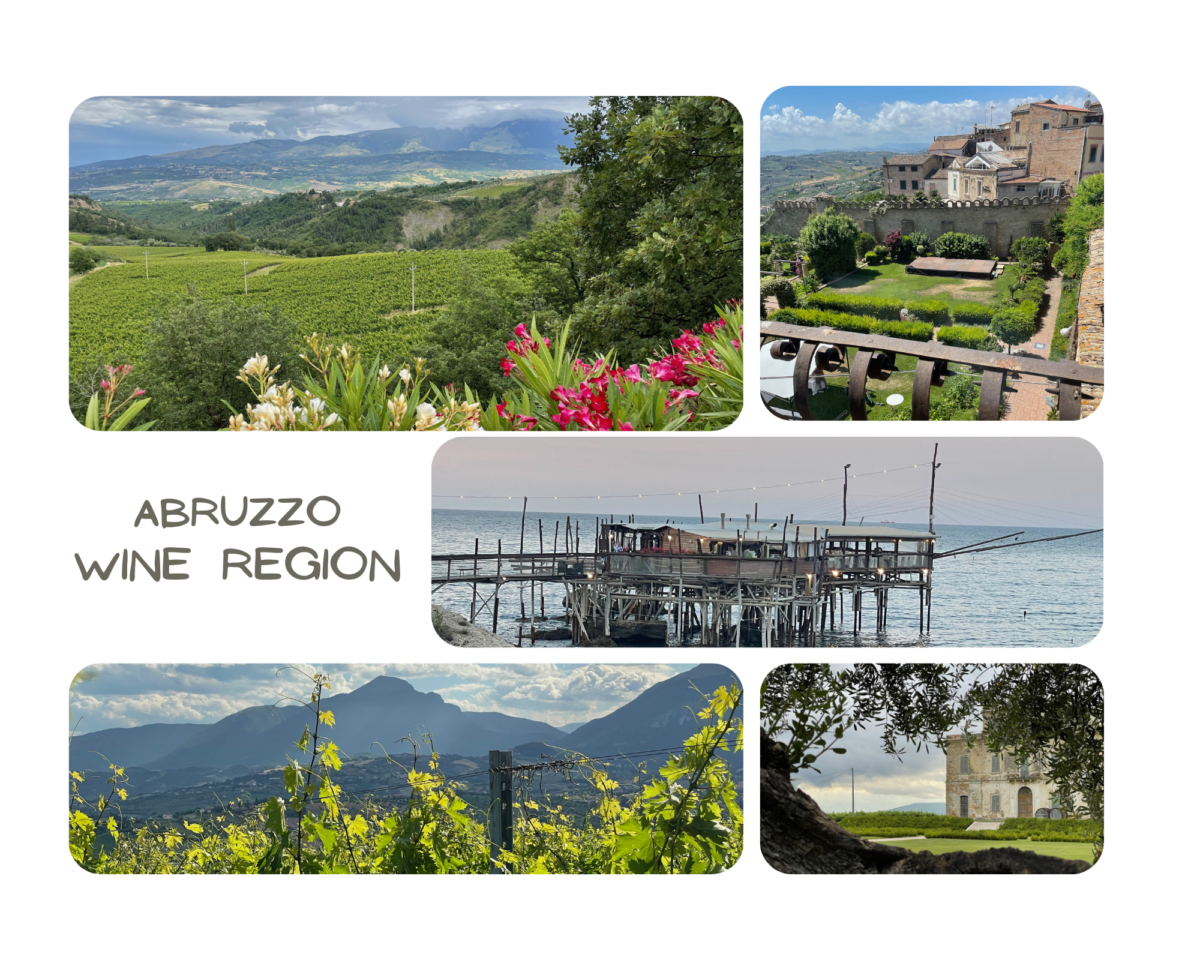The Abruzzo wine region is emerging and being rediscovered not only from cultural, historic, and architectural perspectives, the regional also has remarkable wines and gastronomic traditions. It is interesting to note that Abruzzo is Italy’s fifth-largest wine-producing region. Wine producers, and grape growers previously focused on quantity over quality. On my recent trip to the region, I met a new generation of innovative winemakers and wine producers who are revitalizing wine production and it certainly shows that Abruzzo has a bright future! Here are some of my highlights and experiences on wineries visited and wines tasted.
Emidio Pepe
At a Glance
The vineyards are located in the northern province of Teramo, in the town of Torano Nuovo – between the Adriatic coast and the Gran Sasso and Maiella mountains. The estate has 15 hectares of vineyards; with soils that are rich in clay and limestone.
- Emidio Pepe produces three wines: Trebbiano d’Abruzzo; Montepulciano d’Abruzzo, and Pecorino;
- Is a benchmark-producer of Montepulciano and Trebbiano d’Abruzzo;
- Is one of the pioneers of Biodynamic winemaking in Italy;
- No oak used in the winemaking process – fermentation is in cement and then bottle-aged;
- The grapes are grown biodynamically, hand-harvested, hand-destemmed, fermented with spontaneous yeast and aged 18-24 months in glass-lined cement tanks;
- Red grapes are crushed by hand, and white grapes are crushed by foot;
- These are some of the most age-worthy, legendary wines in Abruzzo and in Italy;
- Emidio Pepe has created some amazingly complex age-worthy reds and whites in a region of mass-produced wines;
- The family has been producing wines here since the end of the 19th Century, the winemaking process has remained philosophically unchanged since Emidio Pepe took over the estate in 1964;
- Wine production has been in the hands of the fourth generation of the Pepe family, sisters Daniela and Sofia, since 1997 – more recently, the Chiara de Iulis Pepe has joined the estate as the fifth generation;
- No additives or sulfites are used; and
- All bottles are hand-decanted before entering the market.
We received a very warm welcome by Emidio Pepe, and his lovely granddaughter Chiara De lulis Pepe to the family estate. Chiara showed us the cellars and vineyards. Chiara explained that she follows the example of her grandfather and would like to continue to make “fine wines that are made to age and evoked this particular place…between the sea and the Gran Sasso range.”
I was served a traditional seven-course dinner which was paired wonderfully with nine wines. First up was Emidio Pepe Trebbiano d’Abruzzo 2019, 2009, and 2004. These vintage whites made from the Trebbiano variety were outstanding. Wonderful classics with brilliant harmony and long length.
I also tasted the 2013 Emidio Pepe Pecorino Colli Aprutini IGT – which was outstanding!
2013 Emidio Pepe Pecorino Colli Aprutini IGT
This as Pepe’s other white wine that you should “must try”! Highly recommended. Intensely flavored with yellow plums, herbs, white flowers and minerals; full of personality; long length.
93/100
Followed by Emidio Pepe Montepulciano d’Abruzzo 2007, 2003, 2002, 2001, and 1983 vintages. This was certainly fun and interesting to taste these older vintages – the 1983 and 2001 really stood out for me.
1983 Emidio Pepe Montepulciano d’Abruzzo
The 1983 vintage was fully mature and at its peak today. It exuberated a wonderful nose of red berries, forest floor, herbal notes, spice; while on the palate it was a deep, full-bodied, and complex wine with a wonderful balance and long length. A wonderful wine!
94/100
The 2000 Emidio Pepe Montepulciano d’Abruzzo was missing. This vintage is one of Emidio Pepe’s personal favorites – hence the missing vintage. According to his granddaughter, this vintage was “delicious with beautiful red cherry fruit, licorice and spice.”
2001 Emidio Pepe Montepulciano d’Abruzzo
This dark cherry red wine had wonderful rich aromas of ripe red cherries, herbs, and leather which flowed through to the palate ending with a long and lively finish. This wine has many more years of aging potential.
93/100
“I definitely consider myself extremely lucky to taste all these Emidio Pepe vintages all at one sitting….with the Emidio Pepe family – what a wonderful experience!” Liz Palmer
Website: https://www.emidiopepe.com/en/
Castorani
At at Glance
Castorani dates back to 1793, and is characterized by a stunning 18th-century villa. The organic winery is located between the Majella National Park and the Adriatic Coast, 30 km from the coast. The estate owns 75 acres of beautiful, lush countryside which include the vineyards, in the province of Pescara in Abruzzo.
I was sooooo thrilled to visit Castorani as I am an F1 Fanatic! Castorani was recently acquired by two partners: a former F1 driver, Jarno Trulli, and his manager, Lucio Cavuto. These two partners have revived the winery, and both take care of the day-to-day activities including winemaking through to the promotion of the wines.
The estate’s principal grape varieties include: Malvasia, Cococciola, Pecorino, Passerina, and Montepulciano. Castorani is also experimenting with new varietals. This estate believes “Pursuit of excellence can only be satisfied through respect for traditional expertise.” Wine production is in a temperature-controlled underground cellar.
Lucio Cavuto gave us a tour of the property, the underground wine production facility, and Angelo Molisani, the winemaker. One of the former F1 cars was the office lobby ….. what a “sight to behold WOW !!! Angelo gave an overview of Castorani’s wine production, vineyards, harvest and other technical details which was followed by an amazing wine tasting experience with both Luco and Angelo.
Wines that stood out:
2015 Jarno Rosso Colline Pescaresi IG
A beautiful intense ruby red colour, intense spice aromas, licorice and red fruits, hints of vanilla, and chocolate; It is full-bodied and rich on the palate with elegant tannins; long finish – intense and persistent. A great wine!
91/100
2016 Amorino Casauria Montepulciano d’Abruzzo DOC
The colour shows a deep garnet red; concentrated aromas rich in cherry, black pepper, and chocolate; very structured palate, full-bodied and rich; elegant tannins with a long finish.
91/100
Website: https://www.castorani.it/en/
Other wineries visited include:
Abbazia di Propezzano Website: http://www.destrasser.it/
Strappelli Website: https://cantinastrappelli.it/
Pasetti Winery Website: https://www.pasettivini.it/en/
Next Article in this edition is:
Abruzzo Wine Region is in an Exciting Phase of Transformation – Part lll Cerasuolo d’Abruzzo for the Summer!
#castorani #F1 #jarnotrulli #formula1 #montepulciano #castoranivini #abruzzowine #EmidioPepe #abruzzoitaly #adriaticsea #pecorino #montalcinodabruzzo #trebbiano #cerasuolodabruzzo @ieemusa @visititaly #italianwines #wine #winelovers #vinidabruzzo #abruzzowines #abruzzo #abruzzoitaly #abruzzowine #winetravel #winetourism #womeninwine #vin #vinidabruzzo #abruzzolovers #abruzzo #abruzzodocpecorino #trebbianodabruzzo #cerasuolodabruzzo #italianwinelovers





![Airbnb Adds a ‘Vineyards’ Category [ with 100,000+ Winery Vacation Experiences]](https://www.liz-palmer.com/wp-content/uploads/2022/06/page0-20-1.jpg)